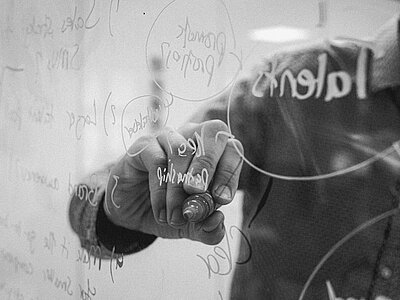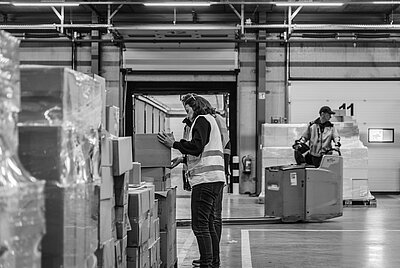Solve problems
In 2022, Boots, the UK’s high-street health and beauty chain, launched a dermatologist-grade skin scanning device that assessed customers’ skin problems and their skin tone. It discovered that 86% of women had purchased products that didn’t suit their skin and 75% were only using a third of their skincare products.
In the post-pandemic world, where sharing makeup samples has become less common practice, this new device solves several problems for customers that they can only experience in-store. Getting a great makeup match without trying shared samples and getting the right product for their skin’s needs takes away any guesswork and dissatisfaction with the product’s performance.
Boots also promise a full refund if customers don’t love the products recommended after four weeks of buying them.
This approach gives brands the power to put stores first when it comes to brand experience and allows stores to become synonymous with personalisation.
Diversity on the shop floor
You might think that personalisation stops at an email with a first name in or a tailored offer for an individual based on their purchasing preferences. But it goes far deeper than that. Personalisation is as much about making shoppers feel comfortable and seen, as it is about giving them offers and experiences that are unique to them.
A report commissioned by French retailer, Sephora, highlighted issues within its American stores with 79% of shoppers struggling to find associates that look like them and even back in 2016, a study published in the Journal of Management showed a strong connection between the diversity of store staff, and how well they represented the people they served, and the success of that store.
Being able to see diversity, beyond an advertising campaign or on a website, is important in creating personalised experiences that truly unify an omnichannel approach.
Hyper personalisation
Salesforce says that: “personalisation may seek to deliver more relevant marketing content to a customer via their preferred communication channel. Hyper-personalisation seeks to hold a one-to-one conversation with each customer, across all channels.” And where better to have this conversation than in store?
French department store Le Bon Marché has been ahead of this trend for decades. One of the first department stores to bring the art of browsing to its audience while also providing a haven for the women of Paris, its consistent efforts to provide customers with experiences and interactions that they want is admirable.
In 2018, it curated an LA themed exhibition. In 2019, it put on a Greek Mais Chic exhibition packed full of hyper-personalised experiences including personalising t-shirts with the sound of your voice.
Get your team on board
Having the ability to capture the full value of omnichannel personalisation requires an aligned and trained sales force in store. McKinsey’s report on personalisation and omnichannel states that ‘it’s critical that frontline personnel actively support personalisation efforts, understand their value, and learn to use digital to deliver the complete omnichannel experience,” with an example of a retailer giving in-store associates sales-assist tools on a tablet and training. The reward was clear: average basket size increased by 5 percent in the test stores.
Tactile and tangible hyper-personalisation gives the retail store an edge that digital or remote platforms simply don’t have. It’s a unique experience for every single customer. But when you add it into the omnichannel blender, it creates the perfect infinity loop for great customer experience.
Let us show you how your store can take personalisation to the next level. Speak to our team on +31 (0) 88 494 20 80 or email us at online@worldpack.eu


